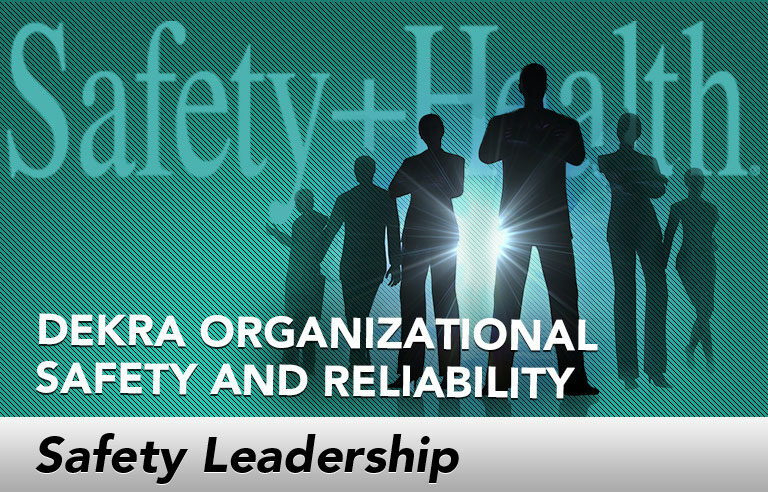Safety Leadership: Right people, right place: Getting and growing safety talent

“How can I have a strategy in place to hire the right leaders to take safety forward?”
This question was raised by Carlos, a senior leader at a company I recently visited. It is emblematic of the challenge facing many leaders around the world: Experts and skilled employees are retiring in droves, taking with them critical knowledge organizations need to stay safe. What can leaders do to ensure this knowledge is not lost? How can they get the right talent to move safety forward?
Selecting and developing safety leadership talent is both a challenge and an organizational imperative. With concerns around knowledge transfer – and the changing face of employee engagement and empowerment – the truly world-class safety culture will be built with the talents and commitment of leaders across the organization. But how do we select the best? And how do we develop those leaders once they’re on board?
As Carlos explained, “I’ve got so many people at the sunset of their careers, and I’m getting some good folks to replace them – but how can I keep them learning and growing? I feel a real responsibility to keep my people fully engaged in thinking and acting safely for themselves and others. I’ve got to have some way to be better.”
One way Carlos – and all organizational leaders – can “be better” is by improving how they assess talent. Knowing the right attributes of effective safety leadership and how to identify them will help get the right people in the right place.
Assessing safety leadership talent – what to look for
“Safety talent” is defined here as “aligned safety leadership abilities exhibited by leaders and people in leadership positions across the organization.” In other words, all leaders – not just those in safety-related roles.
A great safety leader is simply a great leader. So we look first at leadership skills in general. As one executive of a major oil producer put it: “If I was working for that person, would I be motivated, would I be inspired, would I have the same value for safety, would I have the same passion that they do?”
Look for these attributes:
- Positive and proactive leadership style – Is the leader’s style transformational? Does he or she engage others? Inspire? Influence, with or without authority? Challenge others to think in new ways and look for new solutions?
- Worker engagement – Does the leader seek input from others? Involve others in decision-making? Ask questions before deciding?
- Focus on culture – A strong safety leader should have an understanding of the importance of culture and how it affects actions, behaviors and decisions at all levels. The savvy safety leader should know what leadership behaviors drive a positive culture.
- Curious/continuous learning – Does the leader show evidence of a commitment to ongoing learning and development? Is he or she open to new experiences and new ideas?
- Consequence management – A thorough understanding of how consequences control behavior and how to manage those consequences to bring about desired behaviors and, thus, culture are vital safety-related skills for any leader.
- Exposure reduction and mitigation – At the heart of the effective safety culture is the focus on exposure. How do we ensure every person in every role is focused on eliminating, reducing and mitigating exposure to self and others? Knowing the mechanisms to employ and having the ability to use them are key attributes.
Safety leadership, in the end, doesn’t require a unique set of leadership attributes. The qualities outlined here are inextricably linked with other aspects of organizational excellence. But to fully assess the safety talent in your organization, it is imperative that you observe leaders in the field, how they communicate and how they treat people. We need to know both the technical and the relational attributes of those we place in leadership positions.
 Erika Gwilt is vice president, executive consultant for global consulting, testing and advisory firm DEKRA Insight (dekrainsight.com). With a background in organizational learning and development, Gwilt helps clients engage their workforces in improving safety outcomes.
Erika Gwilt is vice president, executive consultant for global consulting, testing and advisory firm DEKRA Insight (dekrainsight.com). With a background in organizational learning and development, Gwilt helps clients engage their workforces in improving safety outcomes.
Post a comment to this article
Safety+Health welcomes comments that promote respectful dialogue. Please stay on topic. Comments that contain personal attacks, profanity or abusive language – or those aggressively promoting products or services – will be removed. We reserve the right to determine which comments violate our comment policy. (Anonymous comments are welcome; merely skip the “name” field in the comment box. An email address is required but will not be included with your comment.)

